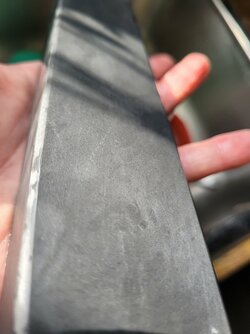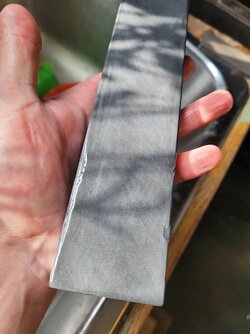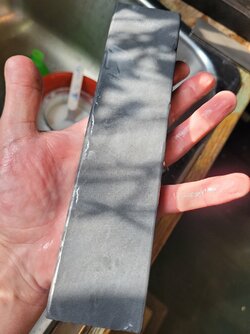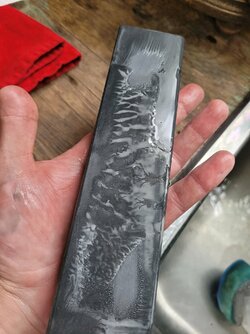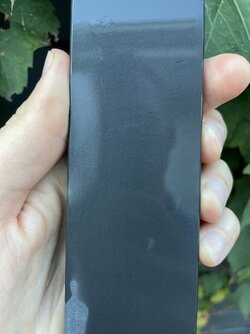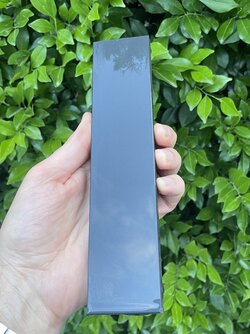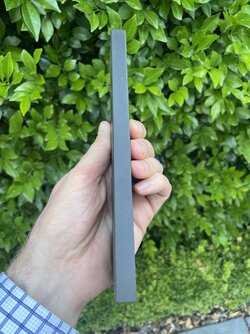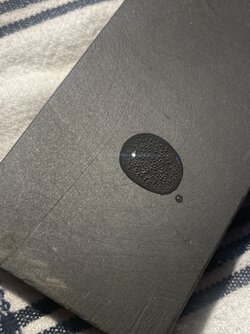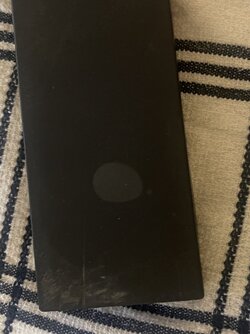Thank you. I figured you'd know. I got a big, bark on, peach trunk and I can't decide what to do with it. Any ideas? Only thing I've seen made from peach wood was pork loins.Pretty cool RH went to the trouble of checkering the feet. I couldn't say for sure what type of wood but the rays remind me of English Oak.
English Oak | The Wood Database (Hardwood)
www.wood-database.com
Last edited:

